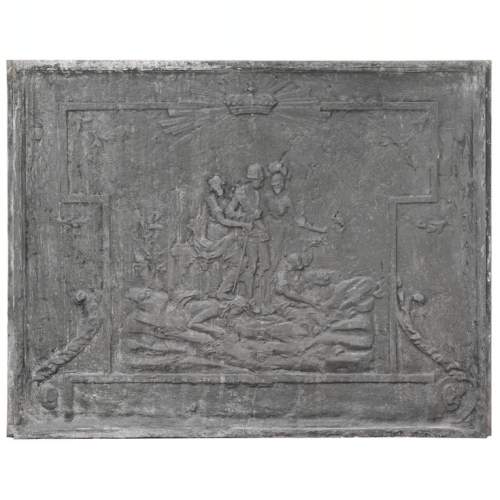Your selection is currently empty.
Here are the latest objects in our stock:
Dimensions:
Width: 103
Height: 80
Depth: 3
Dimensions:
Width: 111
Height: 168
Depth: 5
Dimensions:
Width: 109
Height: 143
Depth: 5
Dimensions:
Width: 134
Height: 107
Depth: 37
Dimensions:
Width: 105
Height: 101
Depth: 31
Dimensions:
Width: 115
Height: 102
Depth: 35
Inner width: 85
Inner height: 88
Dimensions:
Width: 136
Height: 100
Depth: 34
Inner width: 94
Inner height: 81
Dimensions:
Width: 134
Height: 106
Depth: 39
Inner width: 94
Inner height: 86
Dimensions:
Width: 111
Height: 95
Depth: 57
Inner width: 76
Inner height: 81
Dimensions:
Width: 146
Height: 107
Depth: 64
Inner width: 109
Inner height: 91












